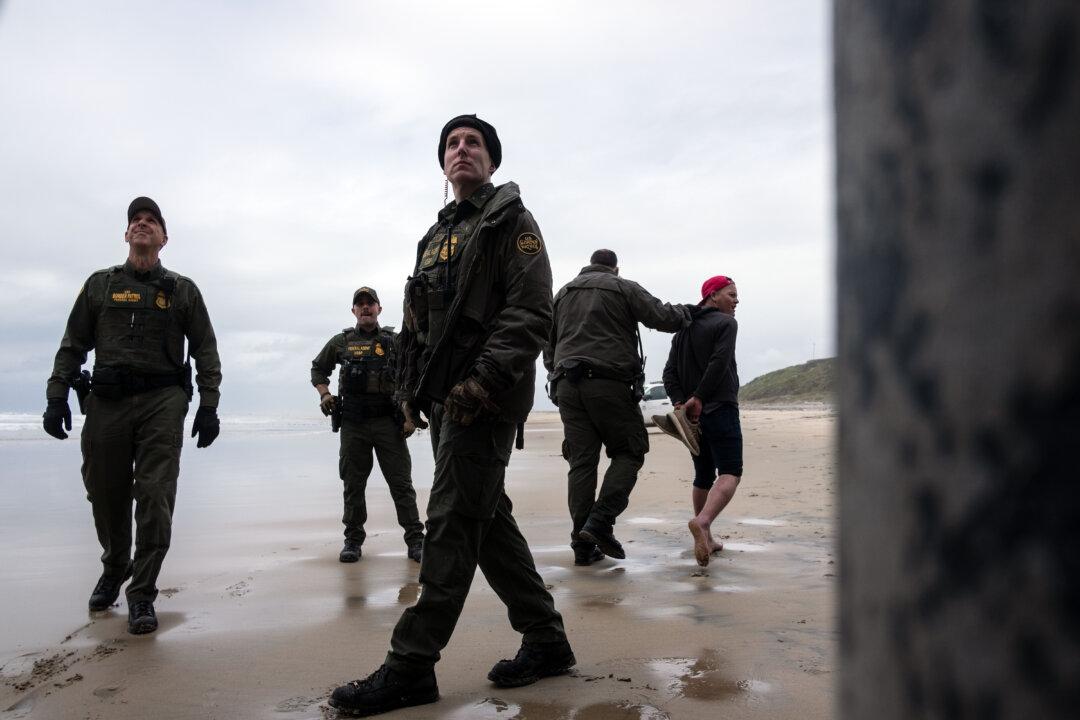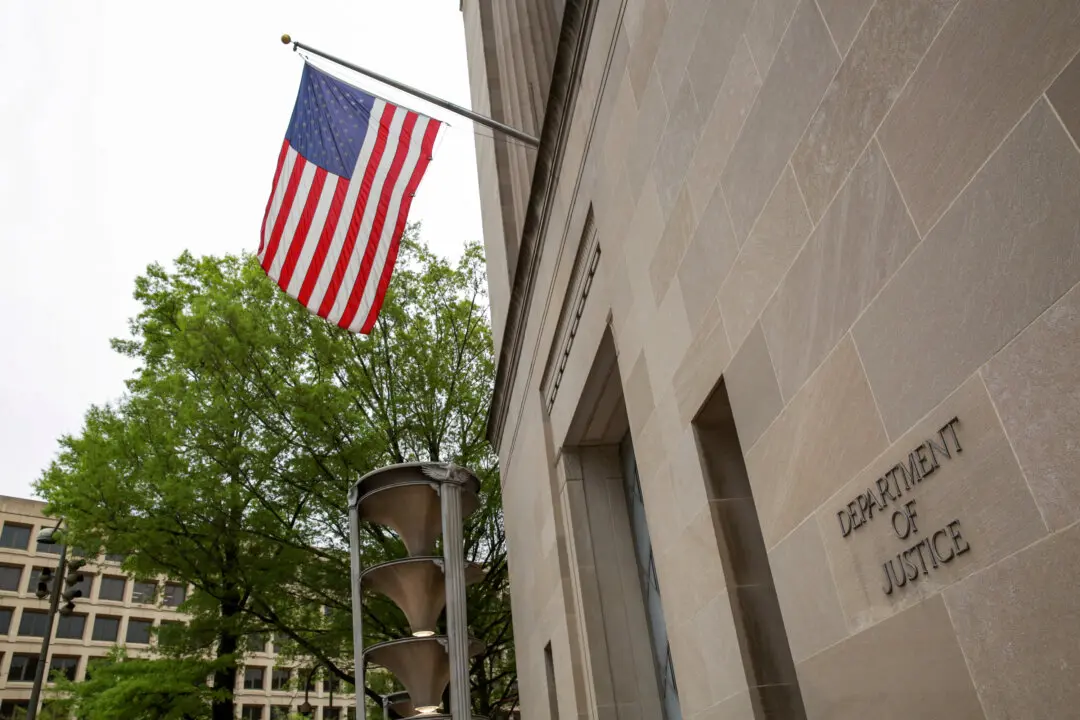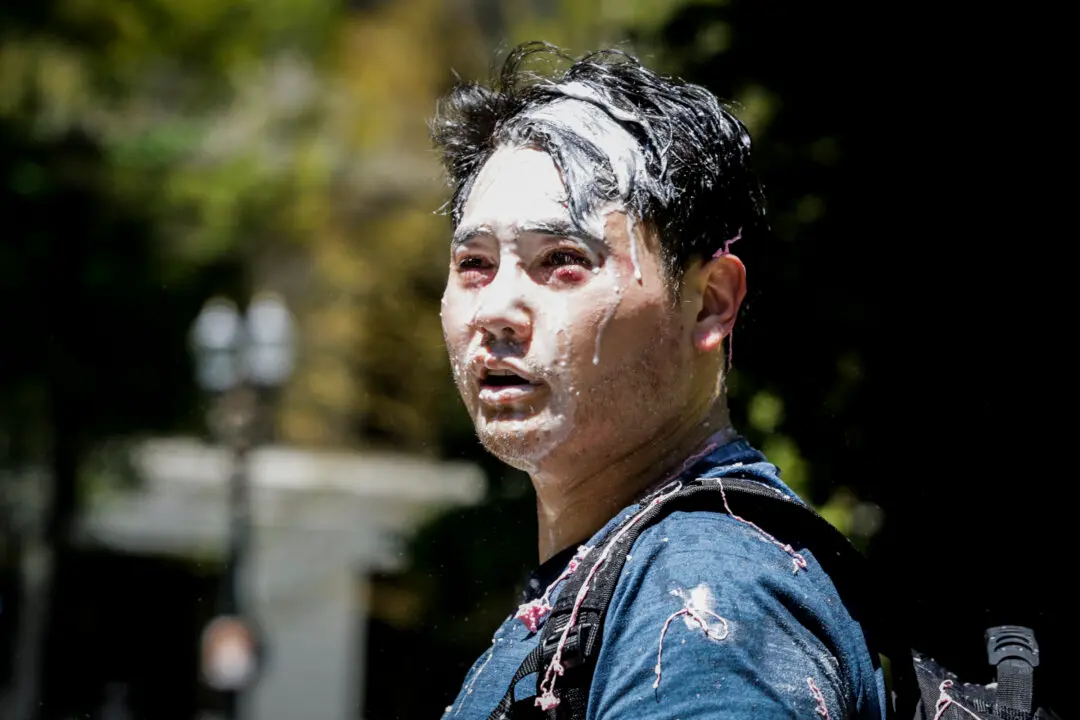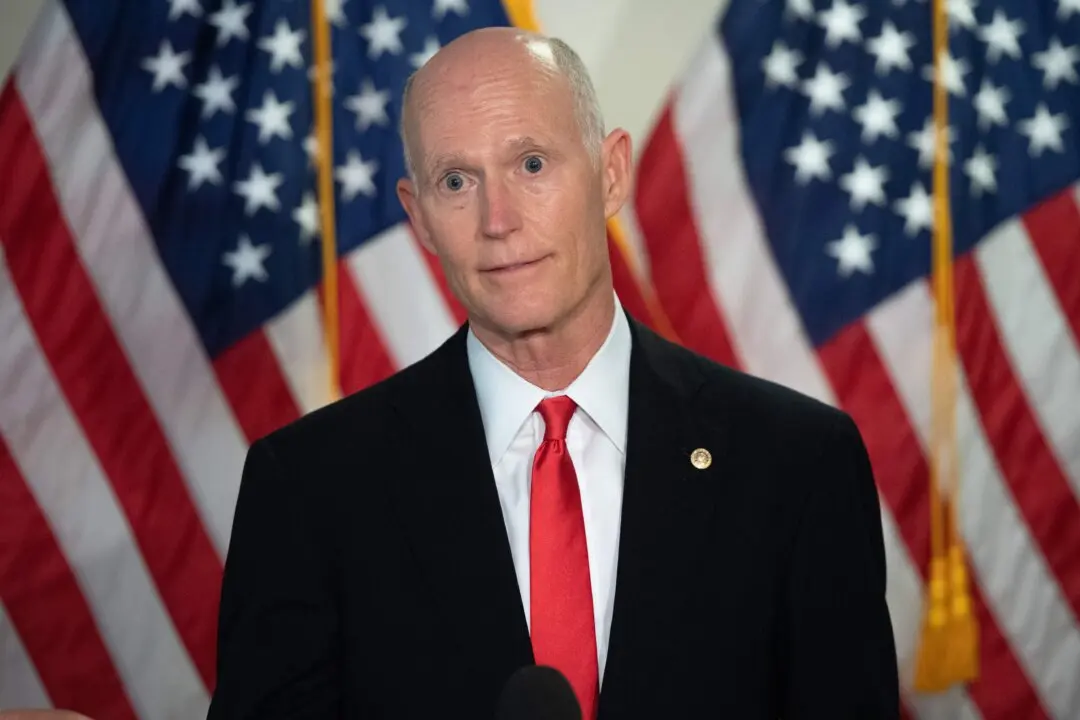Jeh Johnson, the former homeland security secretary during the Obama administration, said on several recent television appearances that there is a “crisis” at the Southern border, adding that the number of apprehensions has surpassed anything he had seen during his time as the department’s head.
“By anyone’s definition, by any measure, right now we have a crisis at our southern border,” Johnson said during an interview on Fox’s Cavuto LIVE on March 30.




